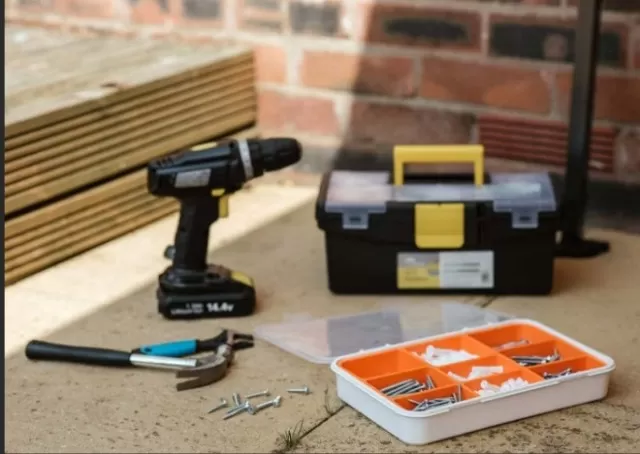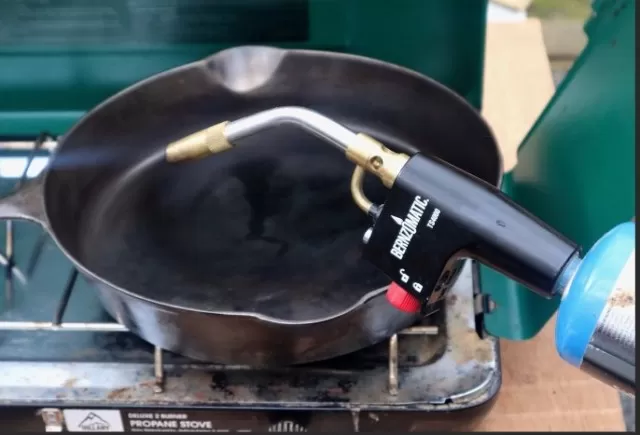Long-lasting Kitchen Tools: Maintenance Tricks to Remember. Your cookware and kitchen utensils are invaluable assets that deserve proper care to serve you faithfully for years to come.
By adhering to these straightforward guidelines, you can extend their life and maintain their functionality and appearanceBy incorporating these simple yet effective guidelines into your kitchen routine, you can take pride in the longevity and performance of your cherished cookware and utensils. Treating them with the care they deserve ensures they remain reliable partners in your culinary adventures for years to come.
Preserve Your High-Quality Kitchen Tools: Tips for Prolonging Their Lifespan

Investing in top-notch kitchen tools not only elevates your cooking experience but also warrants proper care to make them last.
To ensure the longevity of your valuable cookware, implementing a set of easy-to-follow guidelines becomes essential. By employing these straightforward yet effective cleaning and Maintenance tricks, you can keep your knives, cutting boards, pots, pans, and utensils in pristine condition for years to come.
Embrace these practices and watch your culinary companions stand the test of time.
Extend the Life of Your Wooden Kitchen Essentials: The Power of Regular Oil Treatment
A simple yet vital step to maintain the pristine condition of your wooden cutting boards and cooking utensils is by regularly oiling them.
Not only does this keep them looking brand new, but it also prevents warping and cracking that can occur over time. You can opt for commercial food-safe oils available on platforms like Amazon, or choose a do-it-yourself approach using mineral oil or beeswax.
To begin, ensure your cutting board or utensils are thoroughly clean and completely dry.
Once ready, take a clean cloth and apply the food-safe oil evenly over the surface, allowing the wood to absorb it. This nourishing process should ideally be done at least once a month, depending on usage.
After applying the oil, leave your cutting board or utensils to air dry overnight before putting them back into regular use.
By incorporating this straightforward oiling routine into your kitchen maintenance, you’ll witness a remarkable transformation in the longevity of your cherished wooden tools.
Embrace this practice and savor the joy of cooking with well-preserved, beautiful kitchen essentials for years to come.
Preserve Blade Sharpness: Store Your Knives Upside Down for Long-Lasting Edge

Your knife block, while seemingly convenient for storing knives, may actually be causing gradual blade dulling without you even realizing it.
The repeated insertion and removal of knives from their slots can exert damaging pressure on their finely honed edges. However, there’s a simple yet effective solution to safeguard your knives’ sharpness.
Consider storing your knives upside down in the knife block, if the design permits.
By doing so, you shift the pressure from the blade to the spine when inserting them into the block. This minor adjustment in storage technique can make a significant difference in prolonging the sharpness and overall lifespan of your precious blades.
Take this extra precaution to ensure your knives remain as sharp as the day you acquired them, and elevate your culinary experiences with every precise cut.
By embracing this thoughtful approach, you’ll cherish the longevity of your kitchen tools and continue to enjoy the effortless joy of cooking.
Zap Away Bacteria: Microwaving Your Kitchen Sponges for a Germ-Free Clean
It’s essential to be aware that the sponges used for kitchen cleaning can become breeding grounds for harmful bacteria, including the notorious E.
coli, which poses health risks to you and your family. However, there’s a simple and effective way to tackle this issue and maintain a hygienic environment in your kitchen.
To eliminate the bacteria and germs lurking in your sponges, consider microwaving them regularly.
By placing a damp sponge in the microwave and heating it for two minutes, you can harness the power of heat to sterilize the sponge and eradicate any potential threats. This quick and straightforward process ensures that your sponges remain free from harmful microorganisms, providing you with a clean and safe tool for your kitchen cleaning endeavors.
Embrace this easy microwave technique to promote a germ-free kitchen and uphold the well-being of your loved ones.
With this proactive approach, you can confidently tackle cleaning tasks, knowing that your sponges are no longer a source of concern but an ally in maintaining a healthy and hygienic home.
Revitalize Your Cast Iron: Mastering the Art of Re-Seasoning

Cast iron cookware is cherished for its exceptional heat retention and even cooking, but its care requirements may deter some home cooks.
The key to maintaining the integrity of your cast iron pan lies in preserving its smooth surface layer, and this involves avoiding the use of soap during cleaning. Fear not, though, as the re-seasoning process is a rewarding and straightforward ritual that will keep your cast iron in top-notch condition.
To begin, scrub away any food residue from the pan using coarse salt, which acts as a gentle yet effective abrasive.
This process ensures that stubborn bits are removed without damaging the seasoned surface. Once clean, rinse the pan thoroughly with warm water to remove any remaining debris.
Now comes the magical step of re-seasoning.
Coat the pan with a thin layer of vegetable oil, distributing it evenly across the entire surface, including the handles. This protective oil layer not only prevents rust but also enhances the non-stick properties of your cast iron.
Be sure to wipe away any excess oil to avoid sticky buildup.
Your re-seasoned cast iron pan is now ready to shine again, maintaining its impressive cooking abilities and becoming a kitchen staple for generations to come.
Embrace the art of re-seasoning, and with each use, your cast iron will grow in character and culinary prowess.
*The information is for reference only.